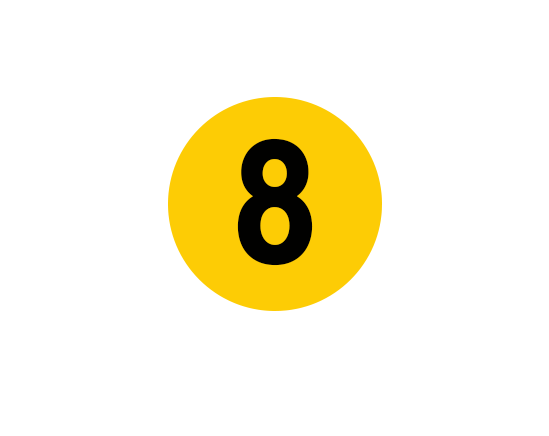The proper way of working with OLFA tools will guarantee us the desired effects and, above all, our safety.
Information about the correct use of knives and their use in practice is below.


Check your knife before use
Before using the knife, check that the blade is not worn or that the handle is not broken. Using broken knives can be very dangerous. If necessary, SNAP OFF a segment or REPLACE the blade with a new one.

 Prepare the workspace properly
Prepare the workspace properly
Use a mat, work on a flat surface, and do not use too much force when cutting. Using a mat extends the life of the blades while protecting the surface underneath. In the case of heavier warehouse work, it is worth protecting yourself with safety glasses.

 Match the knife to the type of work
Match the knife to the type of work
Use a knife appropriate for the material you are cutting, such as a heavy-duty knife for thick, hard cardboard, or a rotary knife for soft fabric.

 Hand position awareness
Hand position awareness
Pay attention to the position of your hand so that it is not in the cutting line, also use a knife that fits your dominant hand - if you are left-handed, choose a ambidextrous model. If the cut requires a lot of force, snap off or replace the blunt blade.

 Do not extpose the blade more than necessary
Do not extpose the blade more than necessary
Suggested cutting exposure is one blade segment. If its overexposed, there is a risk of unintentional breakage. If you need to use a longer blade, choose a type without segments, e.g. AB-SOL or LB-SOL.

 Use the back of the ruler
Use the back of the ruler
Use the spine of a thick ruler to aid in cutting. Using a thin or sloping side may cause the cutter to ride up and injure the user.

 Do not leave the blade exposed
Do not leave the blade exposed
After finishing work, make sure that the blade is fully retracted to avoid accidental injury, or use special SAFETY KNIVES with an automatically retracting blade.

 Keep cutters in a right place
Keep cutters in a right place
Make sure they are in one safe place away from children.